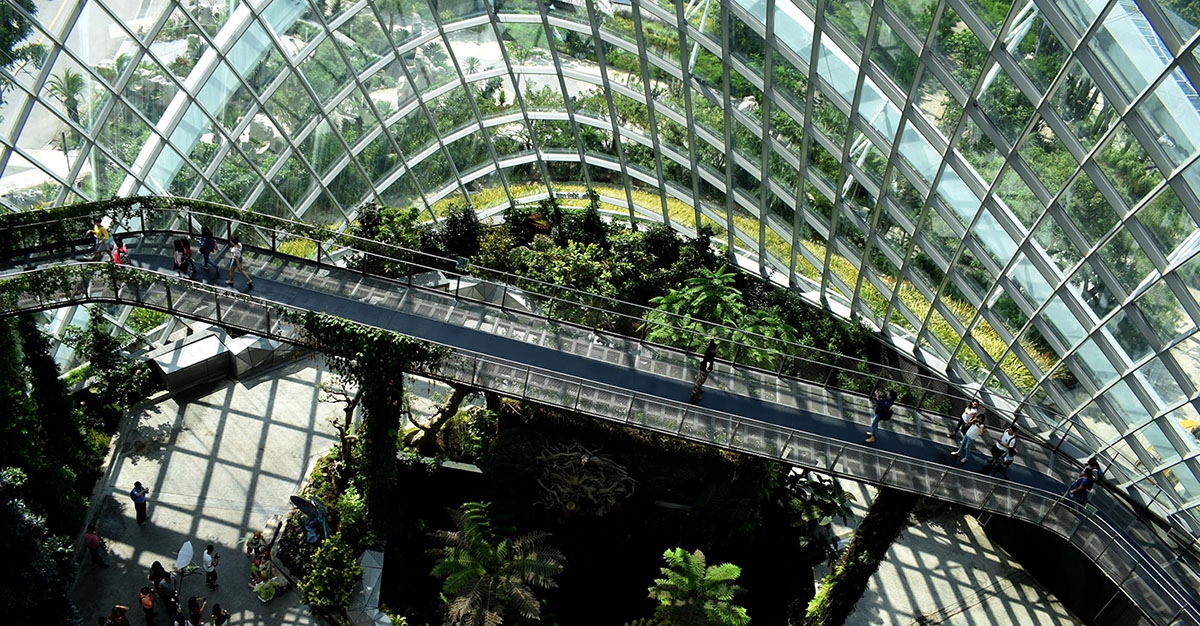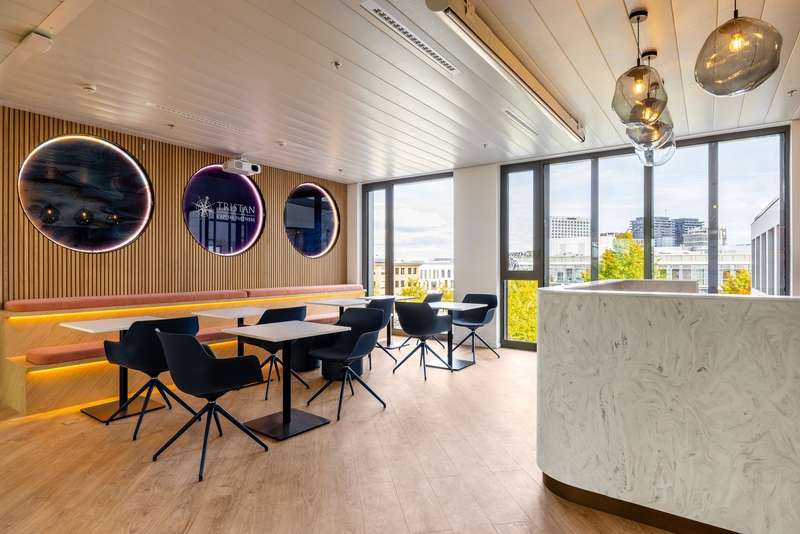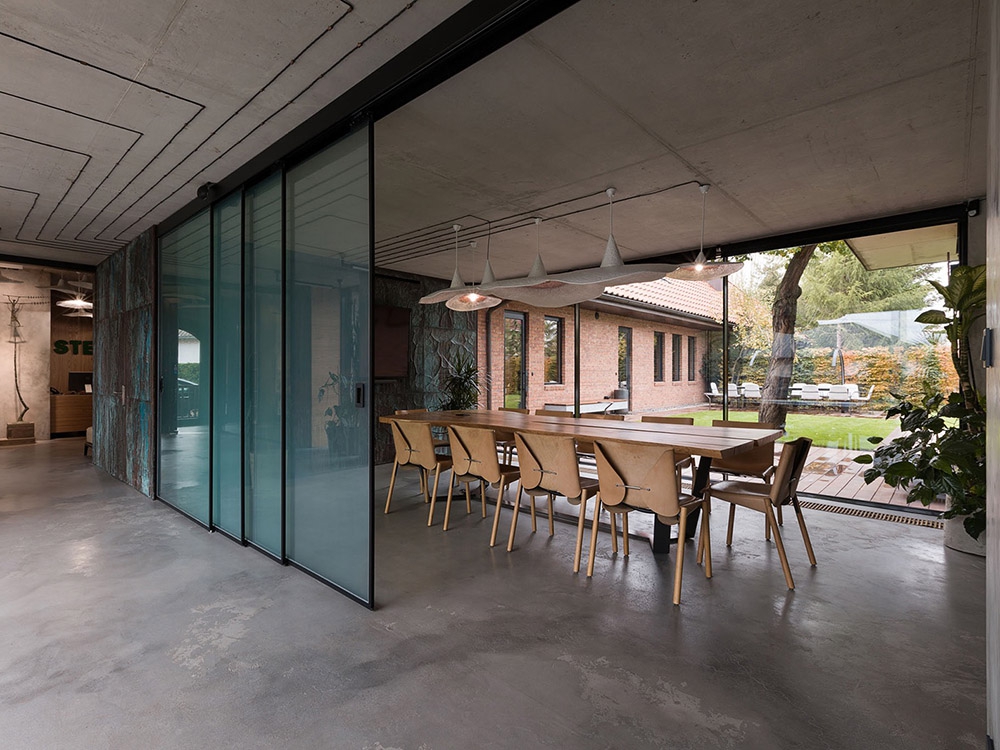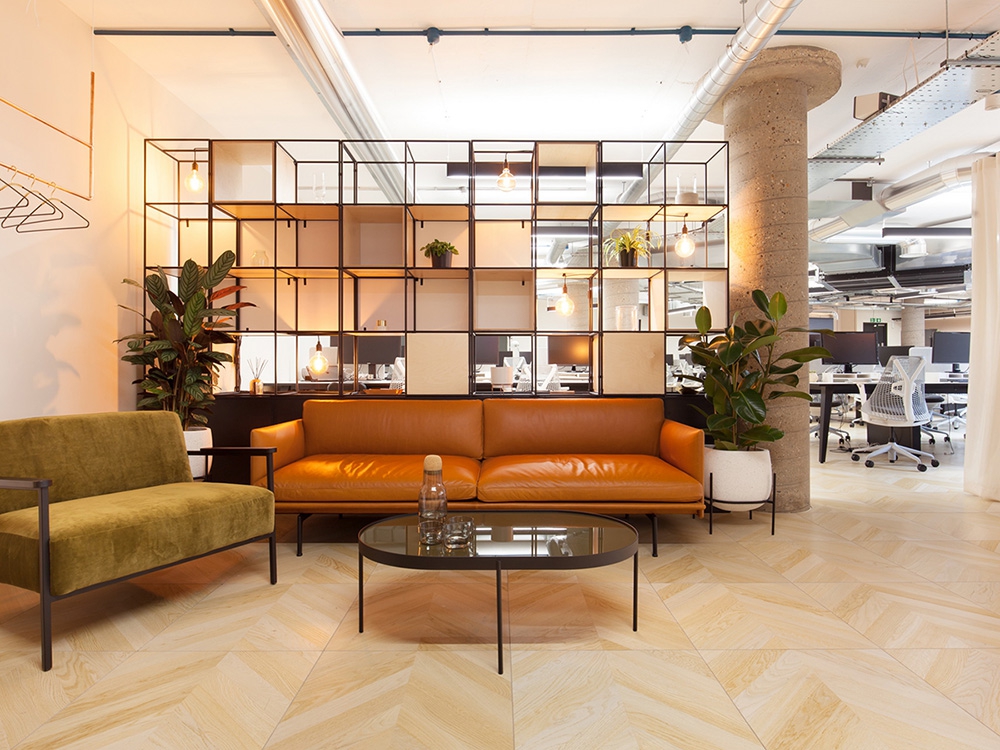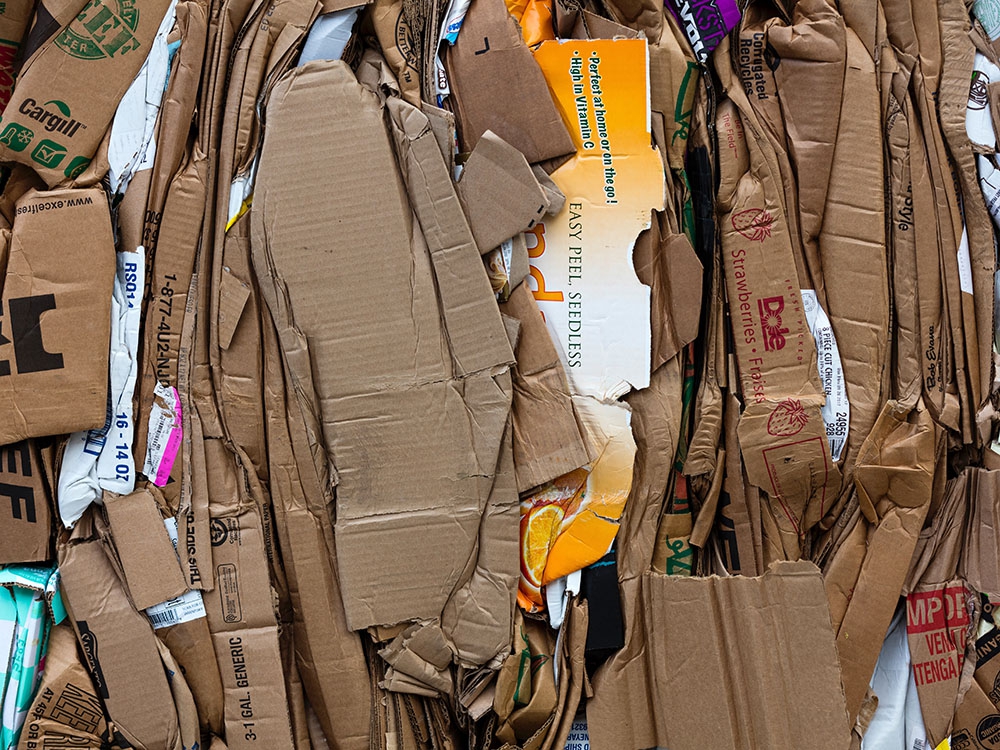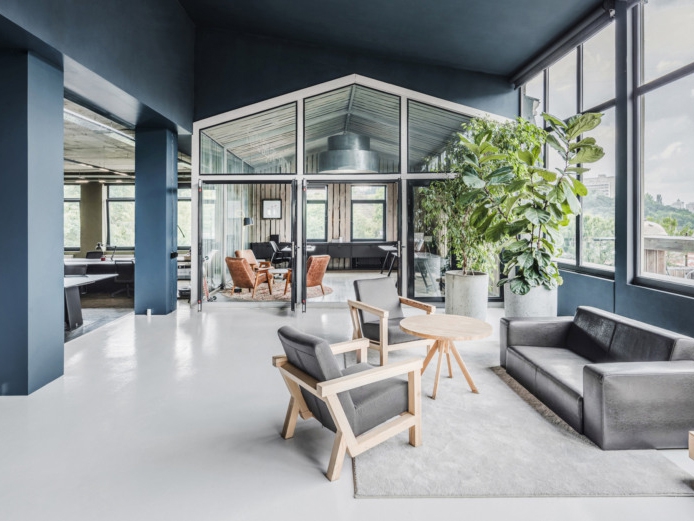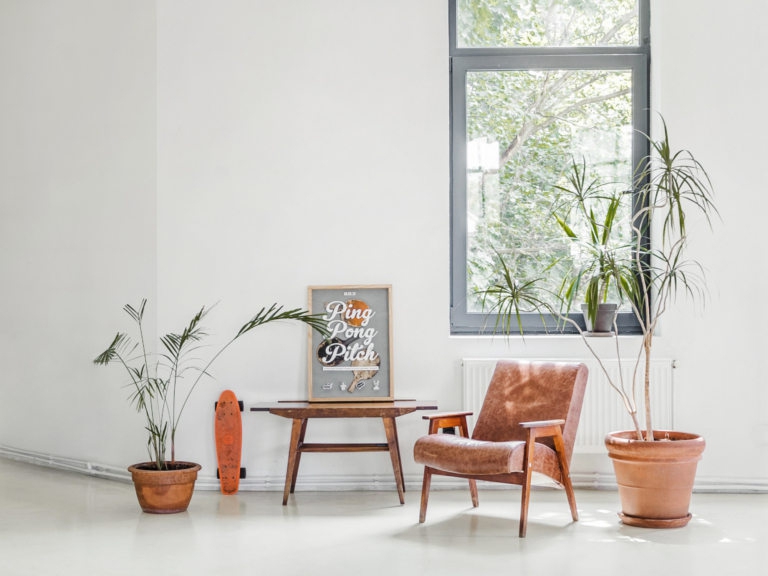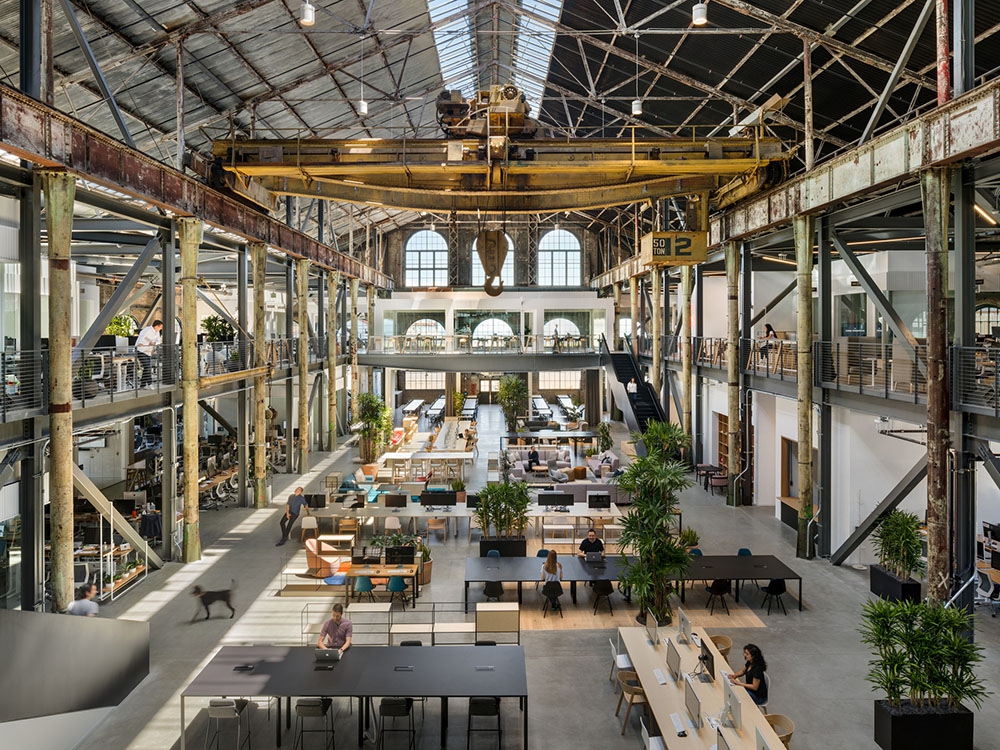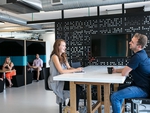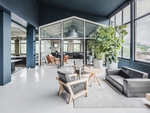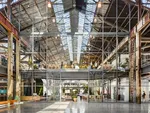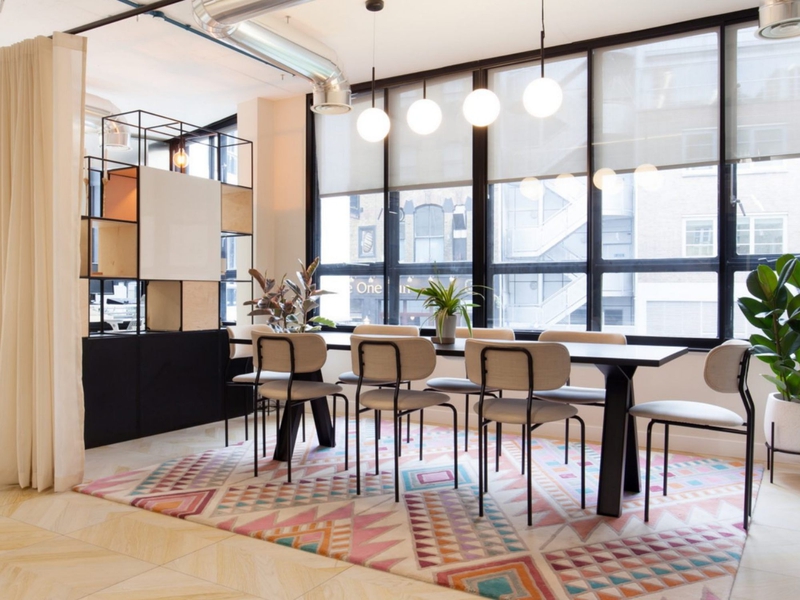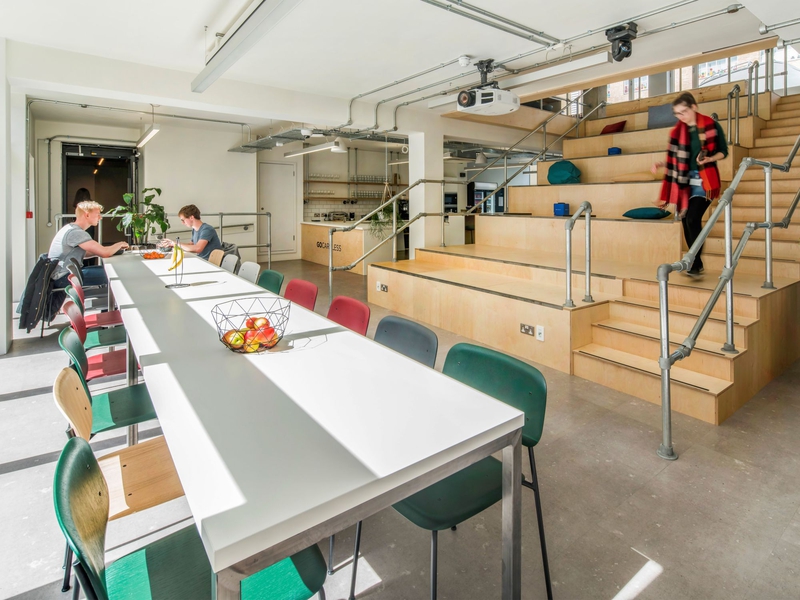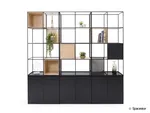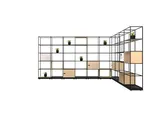1 Feb 2019
Industry Trends
The Secrets of Sustainability
As part of our series of blogs elaborating on our Top 8 Workplace Trends for 2019, we’re now going to take a deeper look at the Sustainability Trend, and how it relates to workplace design.
According to the Department of Trade and Industry, non-renewable energy used in building services contributes around 50% of the UK’s carbon dioxide emissions; that’s a huge amount, and one that needs tackling. For many of us, Climate Change is the biggest problem facing the world right now, and finding more sustainable and eco-friendly ways of living and working should be our number one priority. The good news however, is that good design can make your business far more sustainable, and can also bring some more unexpected benefits as well. So here are some tips on how to make your workplace more green.
Sustainable Design
Choosing furniture made from reclaimed or recycled materials, or wood from sustainably managed forests, is a good idea, but only if it’s good furniture. The most important thing is to choose furniture that will last: it should have a timeless design, in terms of both aesthetics and functionality, it should be durable, and it should be adaptable to your business’s changing needs.

Stefes' Office, Kiev Photo credits: Andrey Avdeenko
Using zone dividers, and other forms of modular architecture within architecture, is great because it reduces the need for walls—thus cutting down on the unnecessary use of materials—and can also be reconfigured as many times as you like. It keeps your space agile, and allows you to reorganise or refit your office without throwing out all the old furniture.
It’s also important to reduce other forms of waste. Every workplace should have a good recycling system, with clearly labelled bins and instructions, and the consumption of non-recyclable goods should be reduced wherever possible. Sharing digital documents rather than printing them unnecessarily helps save a lot of paper; but if you do need to print something, use recycled paper and recycle it again once you’re done. Likewise, by installing low flush toilets and waterless urinals, and perhaps even harvesting rainwater, huge amounts of water can be saved.

Photo credits: Jon Moore
Saving Energy
According to author and sustainability expert Paul Hawken, “We can reduce our energy use by 80 percent with no reduction in our quality of life.” This is an important thing to remember: making your office more sustainable won’t make it into a worse place to work, but more likely into a better place to work.
A good place to start is by encouraging staff not to leave their computers on standby when they go home in the evening. Another great way of saving energy is by taking proactive choices like installing energy-efficient LED lights, occupancy sensors that automatically turn off the lights when a room is empty, and daylight sensors that automatically adjust the lights relative to how much natural light there is. Furthermore, through making simples changes like placing desks close to the windows, painting walls in light, reflective colours, and opening blinds and curtains whenever possible, natural light levels can be raised significantly. And by making all these changes, a massive amount of energy and money can be saved; according to the IPCC (Intergovernmental Panel on Climate Change) lighting energy use at work could be reduced by 75–90 percent.

Banda Creative Agency Offices, Kiev Photo credits: Yevhenii Avramenko
Feeling Good
In our last blog we looked at some of the latest developments to do with wellbeing in the workplace, and a big holistic trend for 2019 will be the confluence of wellness culture with sustainable design: staff working in green offices full of natural light, good-quality air, and plenty of plants have a much higher sense of wellbeing. The provision of self-care spaces and the use of calming, non-toxic materials will also become even more important this year.

Banda Creative Agency Offices, Kiev Photo credits: Yevhenii Avramenko
Not only does sustainable design help save on running costs, it also helps keep employees happy, leading to increased productivity and loyalty, and reduced absenteeism. These benefits are particularly great when staff are given more control over their working environment. For instance, the West Bend Mutual Insurance Company in Wisconsin recently opened a new and sustainable workplace in which employees could control the temperature, air flow and lighting of their part of the office: leading to a rise in productivity of 16%, and a drop in energy costs of 40%. In fact, according to a recent study by the Lawrence Berkeley Laboratory and Capital E Group for the Californian state government, the financial benefits of building green workplaces are more than ten times greater than the average investment required.

Gusto, San Francisco
Sustainability is a particularly hot trend right now, but it’s also not a trend that’s going away. In fact it’s likely to grow bigger and more vital every year. Now’s a great time to get started on designing a more sustainable workplace; you’ll be reaping the rewards in terms of eco-friendliness, staff wellbeing, and money saved, for many years to come. Not only is it important for the environment, it’s also just good business sense.

Photo credits: Sylvie Tittel
Share this article
